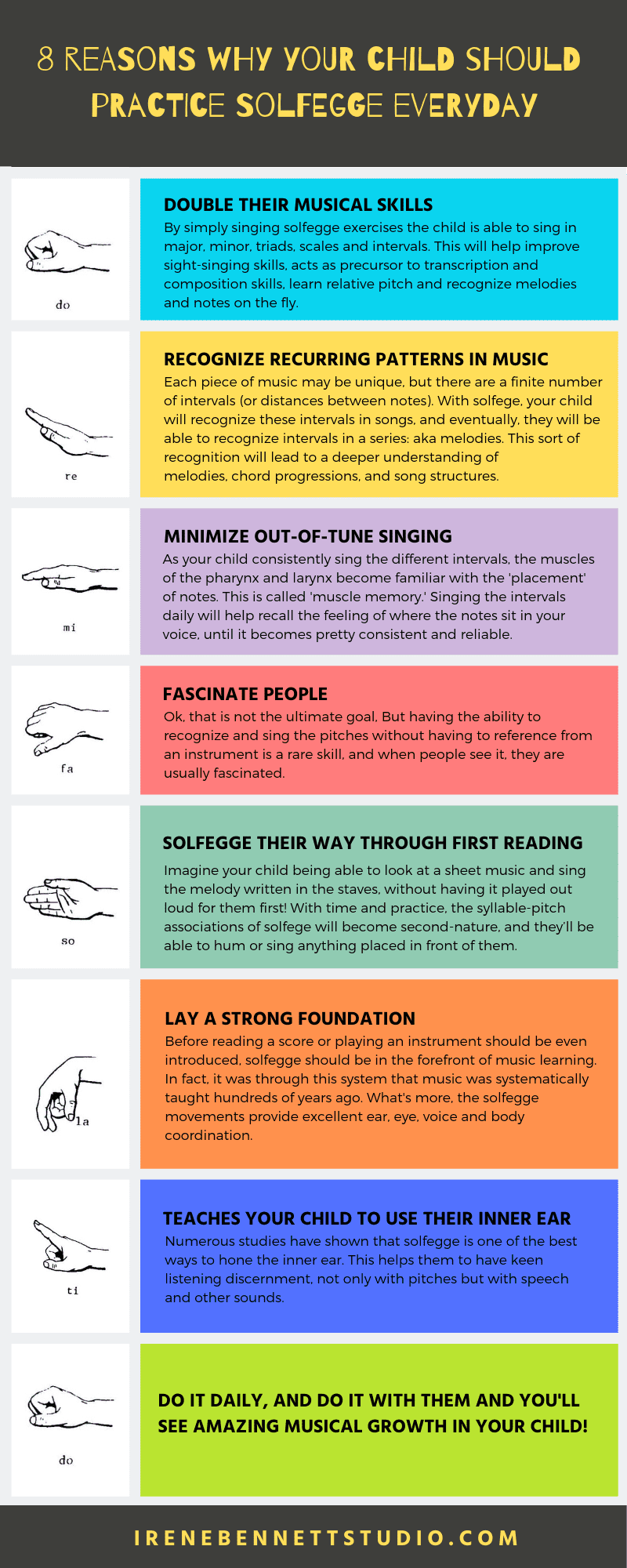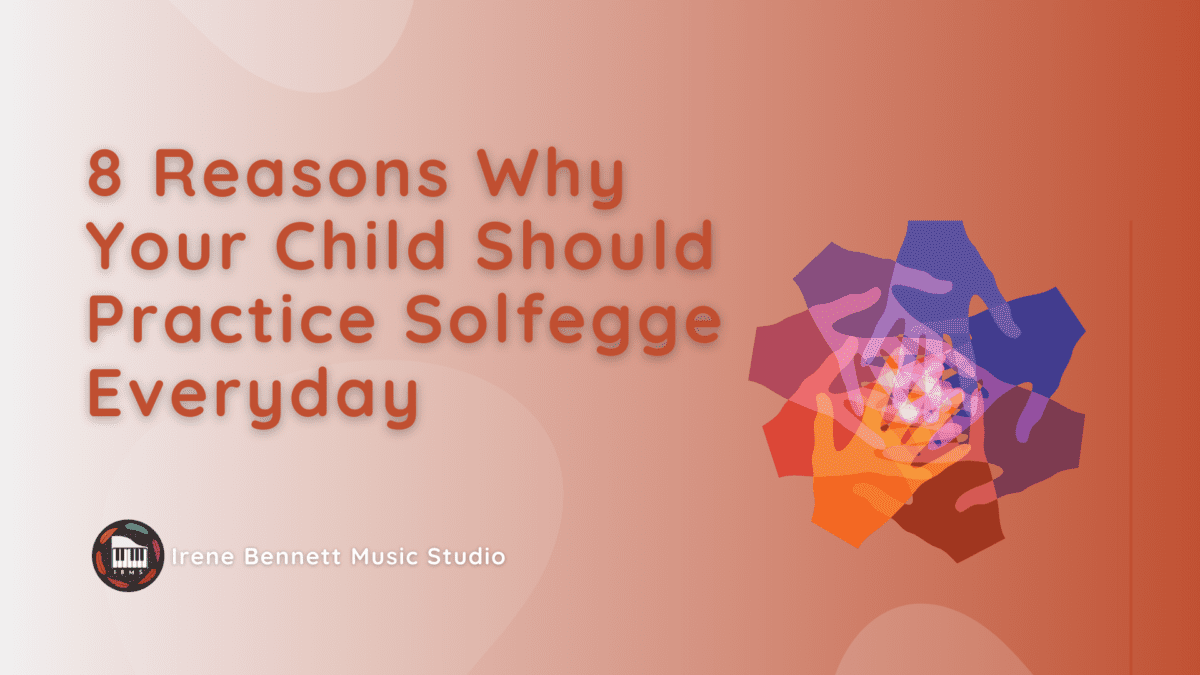I have always known the benefit of solfeggio but never found the time to incorporate it in my usual weekly lessons. A half hour lesson can go by pretty fast and I admit, I have been spending most of it on technique and learning repertoire.
My regular lesson routine has been to start with Twinkles, then review the previous piece. We then tackle a new assignment, work on one or two concepts (depending on the age of the child), then review other older pieces. If there is any time left, then I incorporate a little reading towards the end of the lesson time.
This routine worked perfectly until I noticed some of the students humming the songs off-key. The rhythm was correct but the notes were all over the place. While they can play the songs note-perfect, singing it seemed like a completely mind-boggling experience.
Matching pitches helped sometimes, but not all the time. Some students would get tensed with the activity, and on many occasions would result in outbursts, whining or crying. Uh-oh.
Most times, while the student is unable to match the pitch by singing, they can locate the note on the piano. I found that really strange, and thought I should do something about it *before it is too late.
*I remember a classmate I had in college. Wonderful pianist — superb skills in playing by ear and sight-reading. His technique wasn’t so shabby as well. But make him sing, and you would forget that he was a music major.
So I did some research and found several reputable websites that promoted the same answer: solfegge. The answer was right under my nose!
However, I didn’t know how to start teaching it. How do I introduce it to a 5-year old? How do I introduce it to a teenager? What do I tell parents?
I scoured music forums for answers. Finally, I found one solution that many teachers, particularly those who use the Suzuki method, gravitated to. That is Michiko Yurko’s Music Mind Games.
My oh my, what a treasure chest! I found all sorts of musical activities that would be perfect in solving my dilemma. What I like is how each game is presented into a step-by-step format. Kinda like looking into a detailed lesson plan. Then she has a curriculum of when to use the games and what stage in a child’s level should they be used. For me, that was a God-sent!
Not all the games are freely accessible tho. There is a premium membership fee, and for a very reasonable price, you get access to 98% of the musical activities on her website. I tried the very first activity (Daily Do) which she suggested in the curriculum (it was also free).
I decided I would incorporate it in the last lesson of the month, a time when I focus on music theory, reading, and other stuff we don’t get to do on the usual lessons. So far, we’re one week into this and I can see my students really benefitting from it. Not to mention all the fun we’ve been having with our progress and mistakes.
And then, there’s the case of parents who ask, “What are you guys doing? Why should my child practice this?” I usually spare the child from all the stuffy academic explanations. But not the parents.
To be honest tho, I don’t have the time to explain it over and over. Seems very inefficient if I do that. So I came up with this infographic which is really for the grown-ups.


